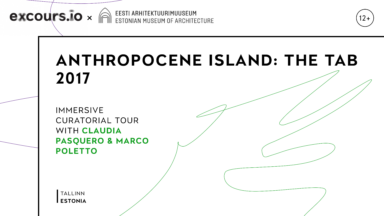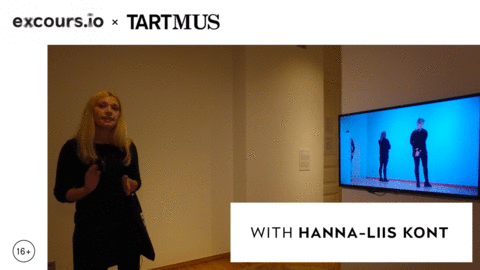Anthropocene Island. The Tallinn Architecture Biennale 2017
The Tallinn Architecture Biennale (TAB) 2017delved into the future of urban environments through the lens of biotechnology and non-human-centered design. Curated by Prof. Claudia Pasquero, this fourth edition featured a diverse program comprising the Curatorial Exhibition, a thought-provoking symposium titled “Polycephalum City”, and the Tallinn Vision Competition, alongside satellite events like the Installation Programme exhibition and the bio.School showcase. Over two days, distinguished architects and researchers, including Mitchell Joachim and Rachel Armstrong, gathered to exchange insights on architecture’s intersection with biology and computation, envisioning cities as self-organizing systems. This Biennale not only highlighted innovative architectural practices but also prompted essential discussions on the evolving role of urban spaces in our rapidly changing world.
Why should you watch this?
In our current context, when climate change and urbanization demand urgent attention, it’s crucial to learn about the creative solutions sustainable architecture can provide. This exhibition serves as a vital platform to explore innovative solutions at the intersection of architecture, biology, and technology, emphasizing the importance of sustainable urban development. In today’s rapidly evolving society, where environmental crises impact our daily lives, understanding how cities can evolve into self-organizing entities is more relevant than ever. A guided tour illuminates the intricate relationships between human and non-human systems, fostering a deeper appreciation for how architecture can adapt to our ecological challenges. By engaging with expert interpretations, viewers can gain insight into the pressing issues of resilience, sustainability, and the ethical considerations of urban design, making this experience not only educational but transformative in our quest for a more sustainable future.
Museum Choreography
This innovative exhibition reimagines the traditional museum experience through the lens of dance and choreography, inviting audiences to become active participants in the artistic dialogue. It foregrounds the unpredictable interplay between viewer movement and static artworks, showcasing how personal histories, cultural contexts, and physical presence transform the museum into a living, dynamic space. By exploring the nuances of how we look at and engage with art, the exhibition challenges visitors to reflect on their own movement and interactions within the gallery. This exhibition is a thought-provoking exploration of the embodied experience of art, making the viewer an integral part of the creative narrative.
Why should you watch this?
In today’s rapidly evolving cultural landscape, this exhibition stands out by positioning dance and choreography as vital means of understanding and engaging with art in the museum context. By centering the audience’s experience, it reflects our collective need for connection and interaction in spaces that often feel static and distant. In an era where individual perspectives and cultural backgrounds shape our understanding of art, this exhibition invites viewers to reclaim their role, reminding us that museums are not just repositories of art but vibrant environments shaped by human presence and movement. As the act of looking becomes more layered and complex in our digital world, this exhibition challenges us to reconsider our relationship with art, encouraging a deeper engagement that resonates well beyond the gallery walls.


